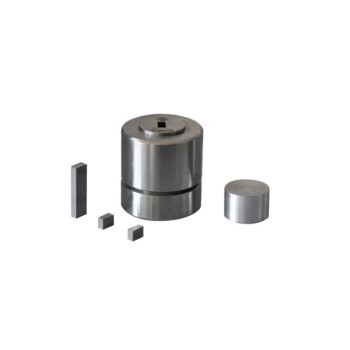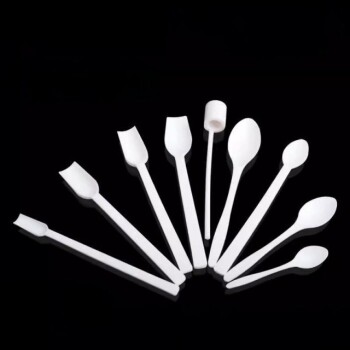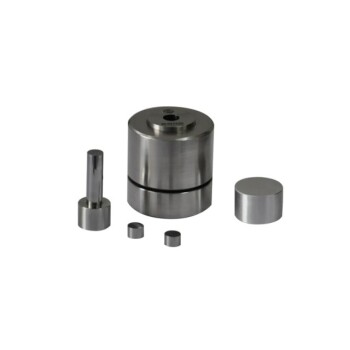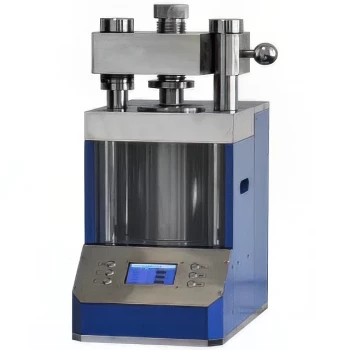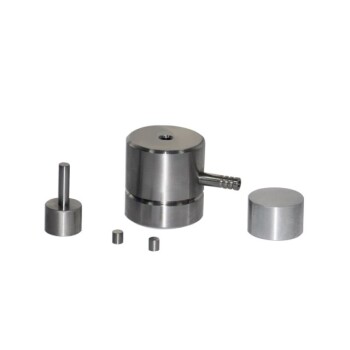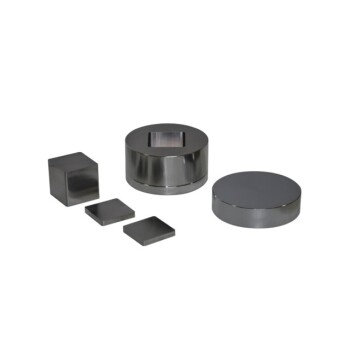Soil analysis is a critical process for detecting heavy metals and assessing soil contamination.
One of the most important tools for this task is the Handheld XRF-600 Soil Analyzer.
This device allows for rapid on-site screening, which reduces the need for laboratory analysis.
It also minimizes costs associated with soil treatment and remediation.
Proper sample preparation is essential for accurate results.
This includes the removal of organic and inorganic contaminants.
The handheld XRF analyzer is user-friendly and requires no specialized training.
It can be used both in the field and in the laboratory.
Additionally, traditional soil sampling equipment like push probes, hammer probes, and bucket augers are used for obtaining uniform soil samples.
5 Key Points Explained: Which Tool is Used in Soil Analysis?

1. Handheld XRF-600 Soil Analyzer
The XRF-600 is designed for rapid screening of soil and sediment.
It detects hazardous heavy metals such as cadmium, mercury, lead, and chromium.
Benefits:
- Cost Efficiency: Reduces the number of samples needing laboratory analysis, cutting down on costs and time.
- Field Usability: Capable of on-site rapid soil screening, helping to minimize soil treatment and remediation costs by quickly identifying contaminated areas.
2. Sample Preparation for Analysis
Importance of Proper Preparation:
- Removal of Contaminants: Essential to remove unwanted organic and inorganic objects to avoid distortions in results.
- Drying the Sample: If necessary, calcination can be used to remove moisture and obtain dry sample results.
Methods:
- Direct Analysis: Preferred for soil samples, involves analyzing powders or pressed tablets in bulk sample cuvettes.
3. User-Friendly Features of Handheld XRF Analyzers
The device is small, lightweight, and equipped with intuitive software.
It is suitable for both laboratory and field conditions.
No special training is needed for personnel to operate the device, enhancing its accessibility and usability.
4. Traditional Soil Sampling Equipment
Types of Equipment:
- Push Probes, Hammer Probes, and Bucket Augers: These tools are commonly used for taking uniform samples with depth, ensuring that the soil analysis is representative and accurate.
- Use of Plastic Buckets: Clean plastic buckets are recommended for collecting and transporting soil samples.
5. Importance of Soil Analysis
Soil analysis is crucial for identifying and mitigating the presence of heavy metal pollutants.
These pollutants can have long-term adverse effects on human health and the environment.
Increasing international attention to soil quality and environmental standards underscores the importance of effective soil analysis tools like the XRF-600.
By utilizing the Handheld XRF-600 Soil Analyzer and ensuring proper sample preparation, stakeholders can efficiently and effectively analyze soil for heavy metals and other contaminants, contributing to better land management and environmental protection.
Continue exploring, consult our experts
Discover the future of soil analysis with the Handheld XRF-600 Soil Analyzer. This innovative tool offers rapid on-site screening, reducing costs and time spent on soil treatment. With no specialized training required and user-friendly features, KINTEK SOLUTION's analyzer ensures accurate soil sample preparation and detection of hazardous heavy metals. Don't miss out on revolutionizing your soil management—contact us today for a tailored solution to meet your needs!








